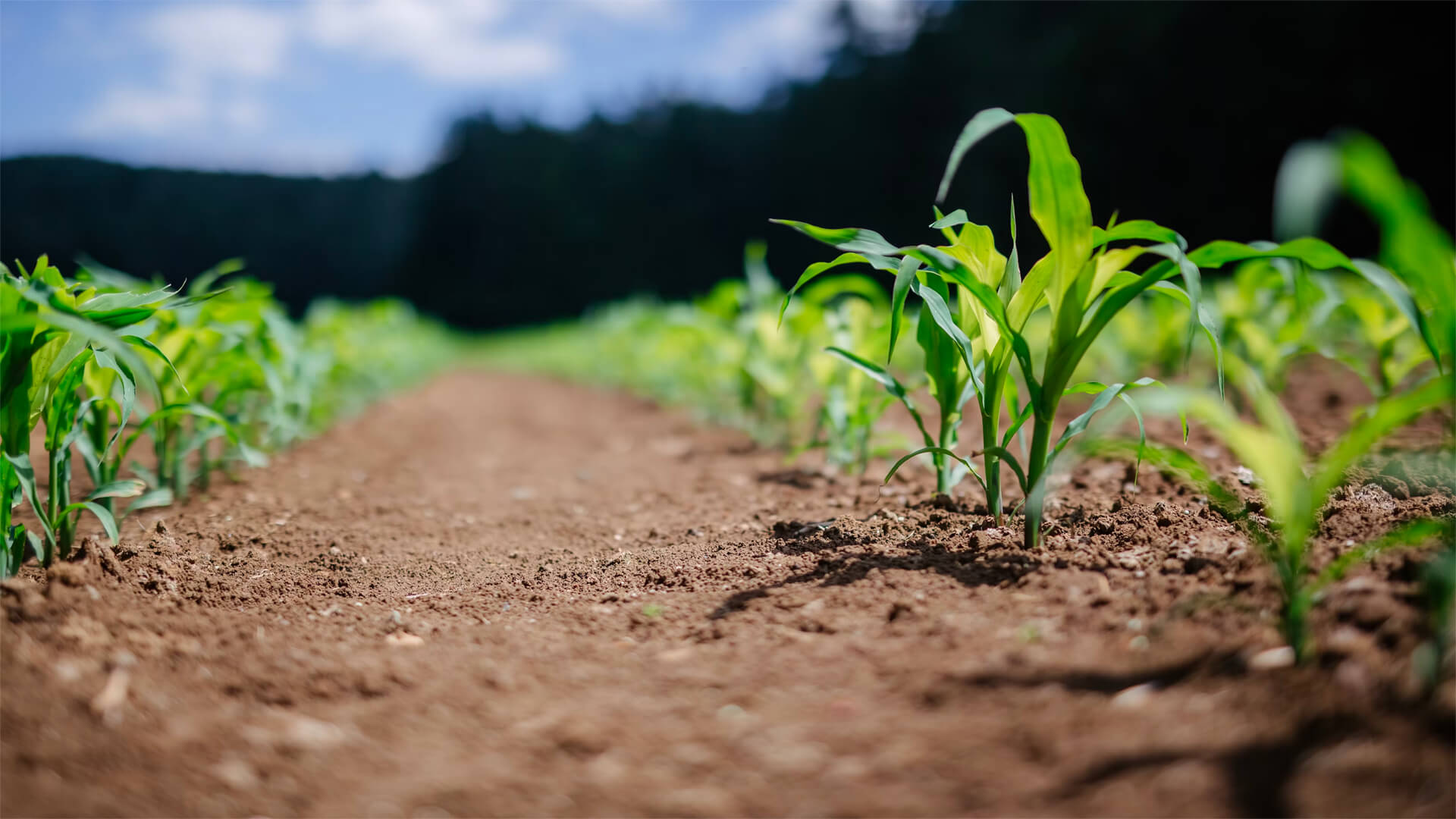The fourth question of the Q&A series is…why am I so worried about agriculture exports coming out of Ukraine?
Ukraine’s preferred route for its bulk wheat and maize exports has always been water—specifically via the Black Sea. Now you’re probably thinking, “Even with seaborne export routes being blocked by Russia, can’t Ukraine just send stuff by rail to neighboring countries?” Theoretically, yes, but there are a few problems.
There are two sizeable hurdles to overland transit. The first is limited rail capacity and differing infrastructure. Ukraine’s Soviet past means its rail lines are of a different gauge than most of Europe, forcing it to rely on aging legacy connectivity in Romania and Poland. And now there is a new issue on the horizon. As Ukraine started dumping more and more grain into its neighboring EU countries, the local economies took a hit. Resulting in many of these countries refusing Ukrainian grain in support of their local farmers. It can still pass through, but it can’t stop there.
As Ukraine’s exports now need to go further, new infrastructure is required, and profits will get even lower. There isn’t a quick fix for this. To add insult to injury, Russia will soon target Ukrainian agricultural infrastructure. Meaning last year was likely the last time Ukraine would be a significant producer of foodstuffs for the world.
Prefer to read the transcript of the video? Click here
Here at Zeihan On Geopolitics we select a single charity to sponsor. We have two criteria:
First, we look across the world and use our skill sets to identify where the needs are most acute. Second, we look for an institution with preexisting networks for both materials gathering and aid distribution. That way we know every cent of our donation is not simply going directly to where help is needed most, but our donations serve as a force multiplier for a system already in existence. Then we give what we can.
Today, our chosen charity is a group called Medshare, which provides emergency medical services to communities in need, with a very heavy emphasis on locations facing acute crises. Medshare operates right in the thick of it. Until future notice, every cent we earn from every book we sell in every format through every retailer is going to Medshare’s Ukraine fund.
And then there’s you.
Our newsletters and videologues are not only free, they will always be free. We also will never share your contact information with anyone. All we ask is that if you find one of our releases in any way useful, that you make a donation to Medshare. Over one third of Ukraine’s pre-war population has either been forced from their homes, kidnapped and shipped to Russia, or is trying to survive in occupied lands. This is our way to help who we can. Please, join us.
CLICK HERE TO SUPPORT MEDSHARE’S UKRAINE FUND
CLICK HERE TO SUPPORT MEDSHARE’S EFFORTS GLOBALLY
TRANSCIPT
And why do I care so much about agricultural shipments? I mean, Ukraine only has one water frontage. It’s got Poland through the northwest and Romania to the southwest. Why can’t it ship stuff by land? Well, agricultural products really doesn’t matter what it is, have a very high weight and bulk to value ratio. So transport really is important from a cost point of view. And on average, as you know for me, blah, blah, blah, blahing forever, it costs about 12 times as much to ship anything by truck as it does by water. And so Odessa and Kherson are the big blue water ports in the area, it’s always been easier in the Russian and Ukrainian spaces to get the stuff on water wherever you can and send it out. In this case, there’s another problem.
There are rail connections that go into the countries to Ukraine’s west, and some grain has gone there. But two problems, number one, there’s not nearly enough of them and capacity is limited. So you’re talking about maybe one fifth of Ukraine’s pre-war grain could have made it out through the western zones by rail. But problem number two, the rail gauge is different. So once these carriages get to the border, they either need to be on a special kind of carriage where you can adjust the rail gauge car by car at the border, or you need to switch the cargo to a new carriage in order to go into Europe. And I guess there’s a third problem, too. What has happened for the first years in order to maximize that 20%, they’d be going in Romania or Poland or Hungary, and then they dump their cargo and then the railcars would come back empty to get loaded up again. That is what allows Ukraine to hit that 20% number. The problem is Romania and Hungary and especially Poland are all grain producers and exporters and all this Ukrainian grain getting dumped on the local market was pushing down the cost of local grain and forcing the Poles, the Hungarians, Romanians, to then increase their shipments out. Well, that meant they had to pay the transport costs now as well, and it was starting to drive some local farmers out of business. So what we’ve seen in the last three months is most governments on the entire swath of European countries that border or near Ukraine have stopped accepting Ukrainian cargo as an end destination. You can still trans ship to get it through, can still get to a port, no problem. But that means that the carriages that used to be able to do short back and forth now has to go all the way through these countries to get to another country or to get to the coast. And then it takes up port space. And so that’s taking that 20% and probably cut it at least by a third, maybe as much as half. And the only solution to this that isn’t waterborne is to lay twice as many tracks or get a lot more rail cars. That’s not something you do in a few months. And so we are now looking at an environment where maybe 10% of Ukraine’s grain can get out this year. And once the Russians actually start going after the infrastructure, especially in places like Odessa, those venues close off completely.
So last year was probably the last year that Ukraine is going to be a significant producer of foodstuffs for the world. Next question.








